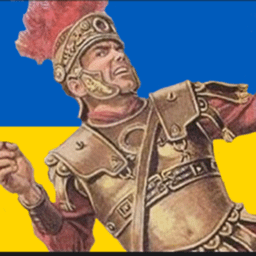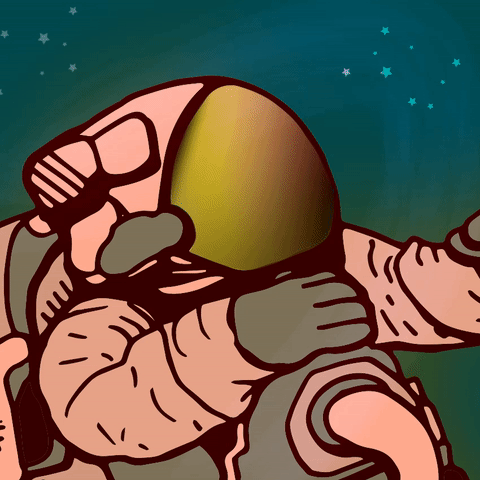Explanation: During the years of ‘Bleeding Kansas’, pro-slavery and anti-slavery forces fought a series of vigilante actions against one another as part of a broader struggle over slavery in the pre-Civil War USA. One major antislavery figure - John Brown - committed a particularly famous (or infamous) killing of supporters of the fraudulent pro-slavery state government after ambushing them in their homes late at night, and then hacking them to bits with broadswords.
Based. Fuck them slavers
White hat hacker
Back when Missouri chose to be on the right side of history.
Whut
What a man.
He was dissatisfied with abolitionist pacifism, saying of pacifists, “These men are all talk. What we need is action—action!”
I started reading his Wiki page. Bro, this guy is the most badass guy before the US Civil War even started.
He was widely considered a martyr in the antislavery North, and his attempt to start a slave rebellion in Virginia is often considered one of the causes (or aggravating triggers, if one prefers) of the Civil War.
Thank you for the info and for posting. I’m gonna memorize that song.
“John Brown wears a hangman’s noose for a necktie up in Heaven. I asked him about it, and he said, ‘Where’s yours? Where’s yours?’” -Kurt Vonnegut
Just like it’s always a good time to punch a Nazi, it’s always a good time to kill slavers.
kansas ain’t gonna bleed itself. Come on kids, let’s go raid some slavers
Woah woah woah - huh uh. No.
The number of slaves in Kansas Territory was estimated at 200.[1] Men were engaged as farm hands, and women and children were employed in domestic work.[2][3] The U.S. Census in spring 1860 counted only 2 slaves in Kansas; both were women who lived in Anderson County, Kansas.[4]
The presence of slaveowners in Kansas, particularly slaveowners who had migrated from the neighboring slave state of Missouri in order to guarantee the future state’s entry into the Union as a slave state, served as a motivating factor for Northern abolitionist movements to move into the Kansas territory in order to prevent such efforts from succeeding. This resulted in the armed conflict known as Bleeding Kansas, a prelude to the Civil War.
Slavery ceased to exist in Kansas after it was admitted in the Union on January 29, 1861, following the Territorial Legislature’s bill that was passed on February 23, 1860, over the governor’s veto to abolish slavery.
In October 1862, the 1st Kansas Colored Infantry Regiment engaged the Confederate forces at Island Mound, in Bates County, Missouri.[5]
Kansas was always a free state.
As a territory, a bunch of Limbaughs from Missouri kept trying to set up slave camps and kill abolitionists. Where do you think John Brown lived, anyway? What’s the mural in the Kansas capitol building?

“Kansas slavers” here meaning “Slavers in Kansas” not “Kansas, which consists of slavers”








